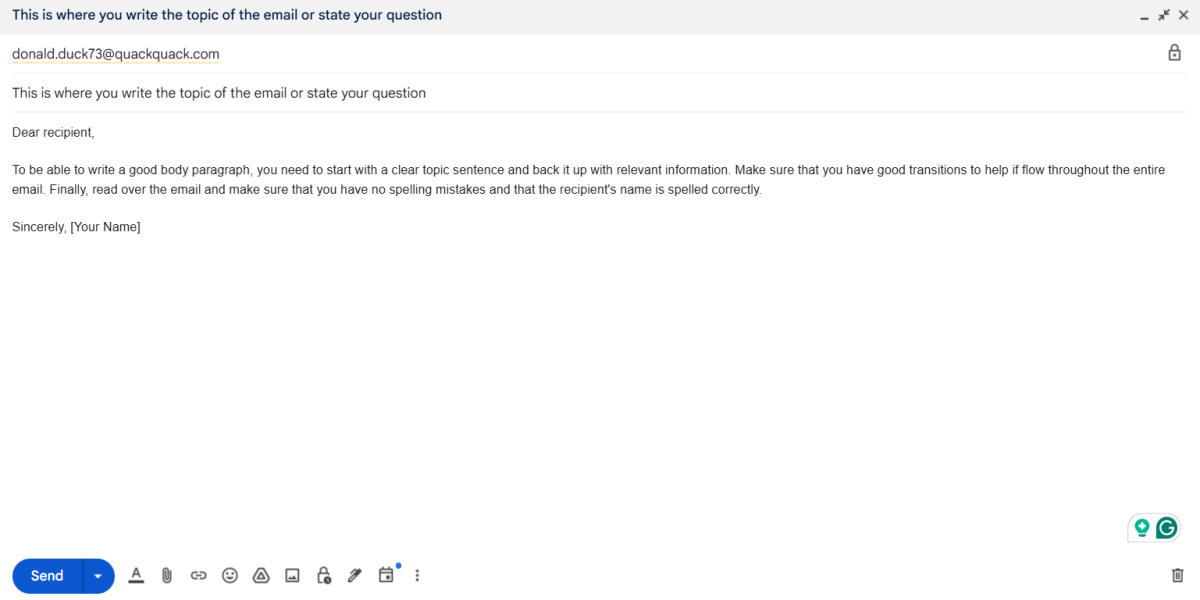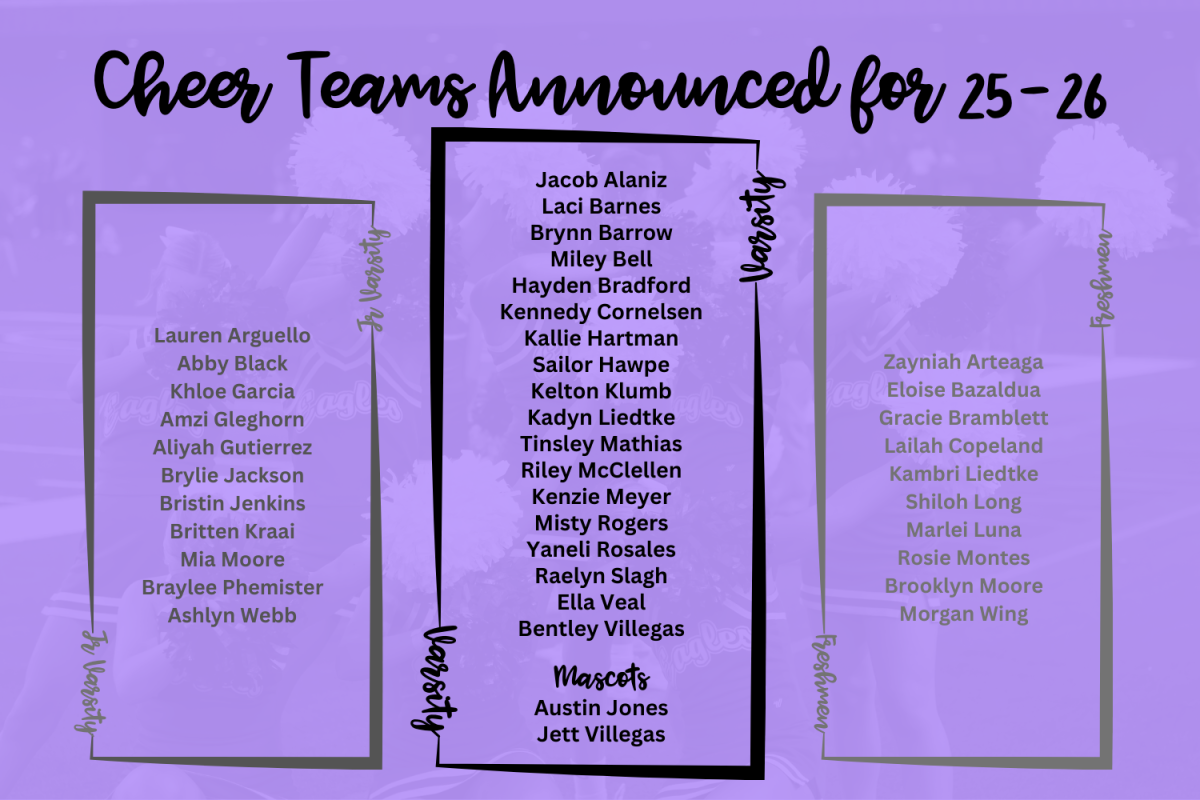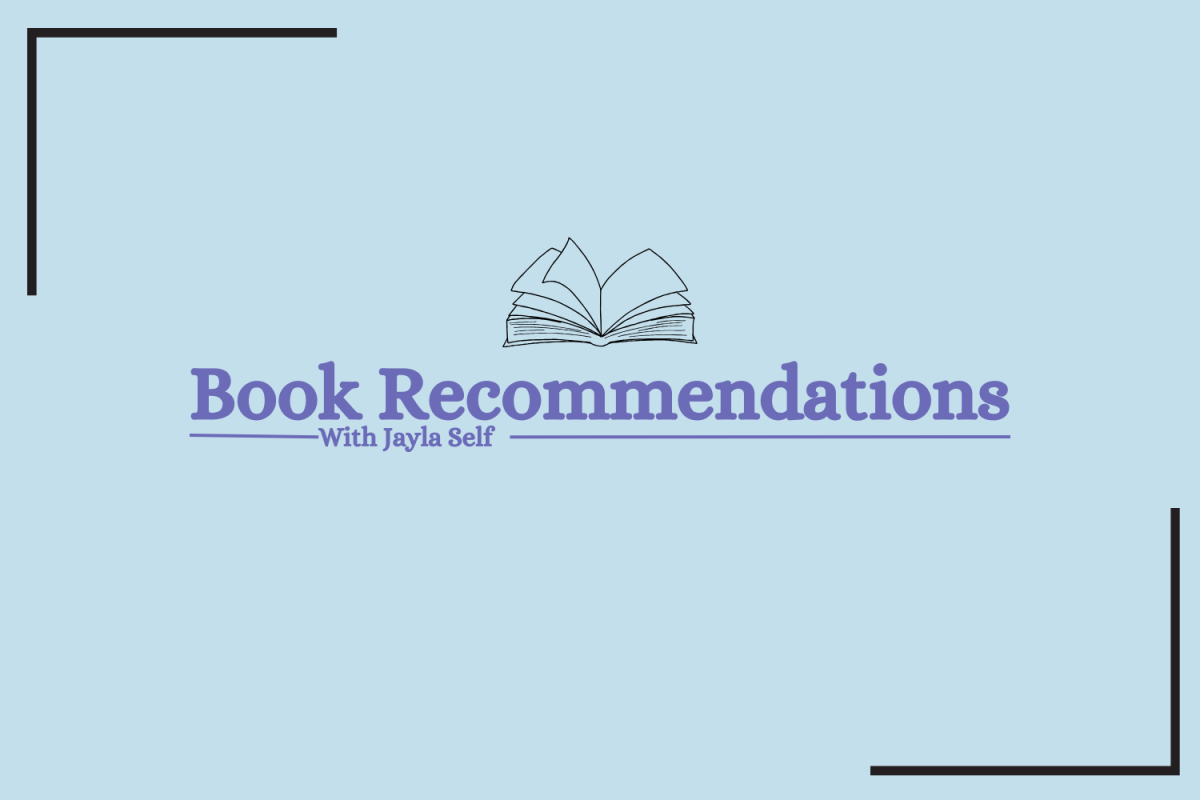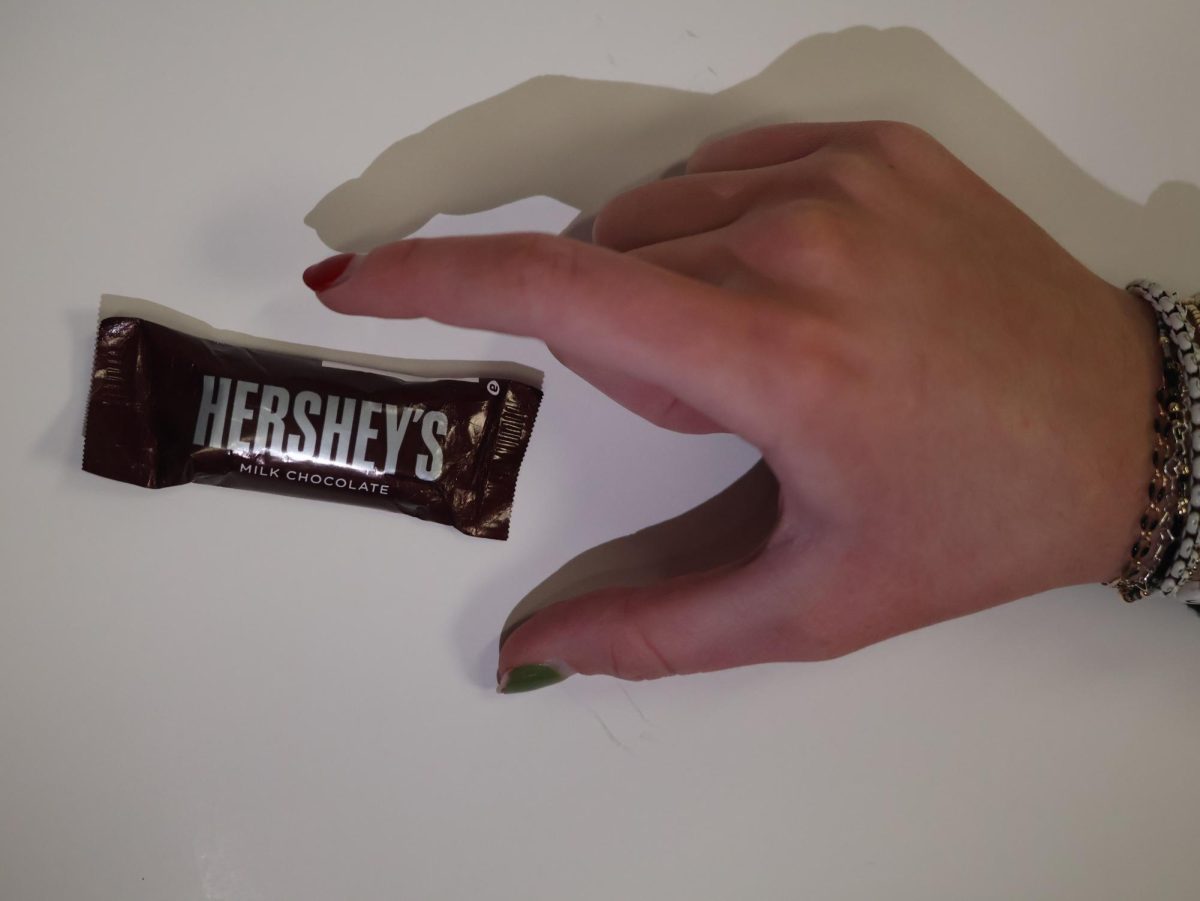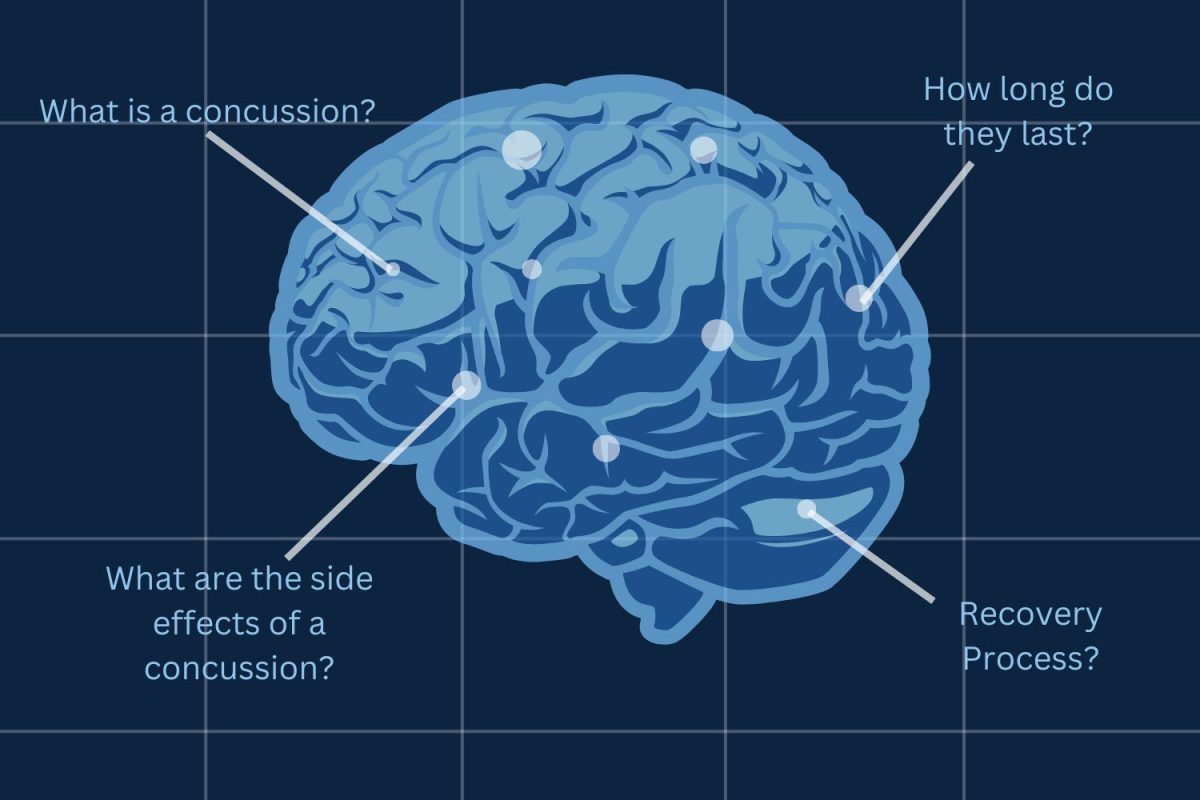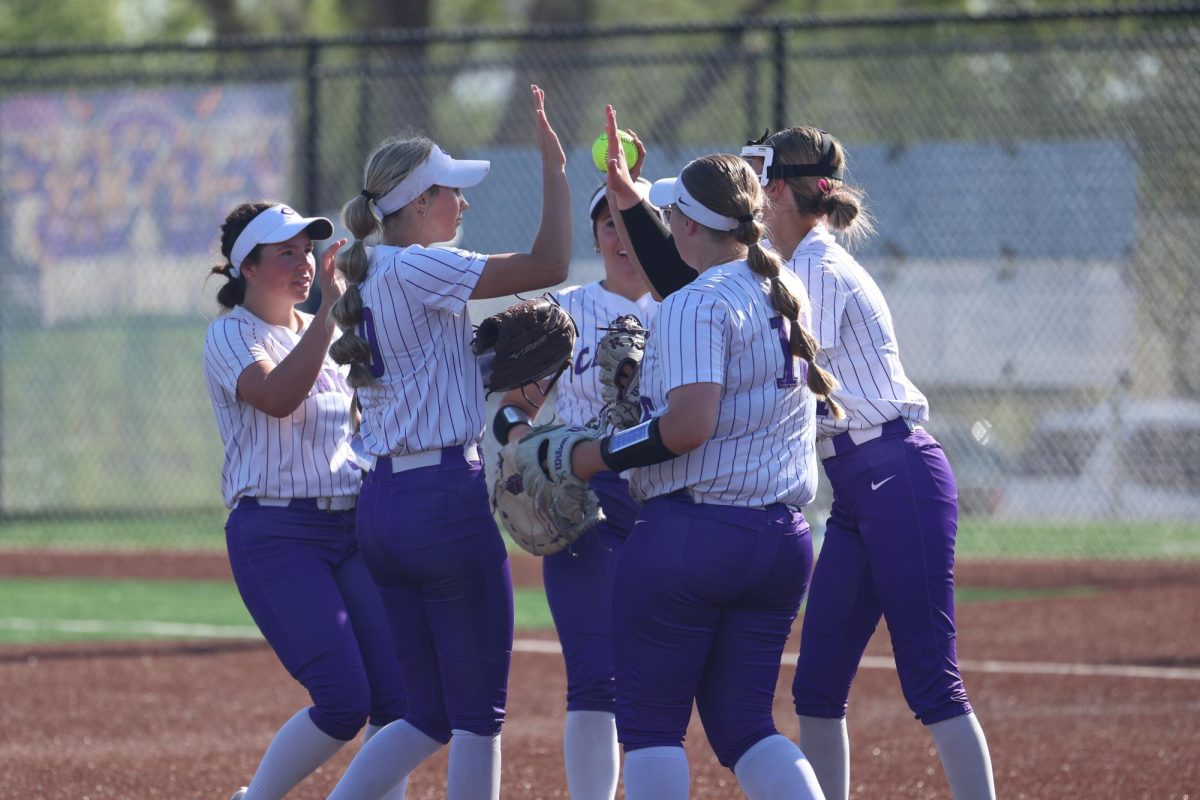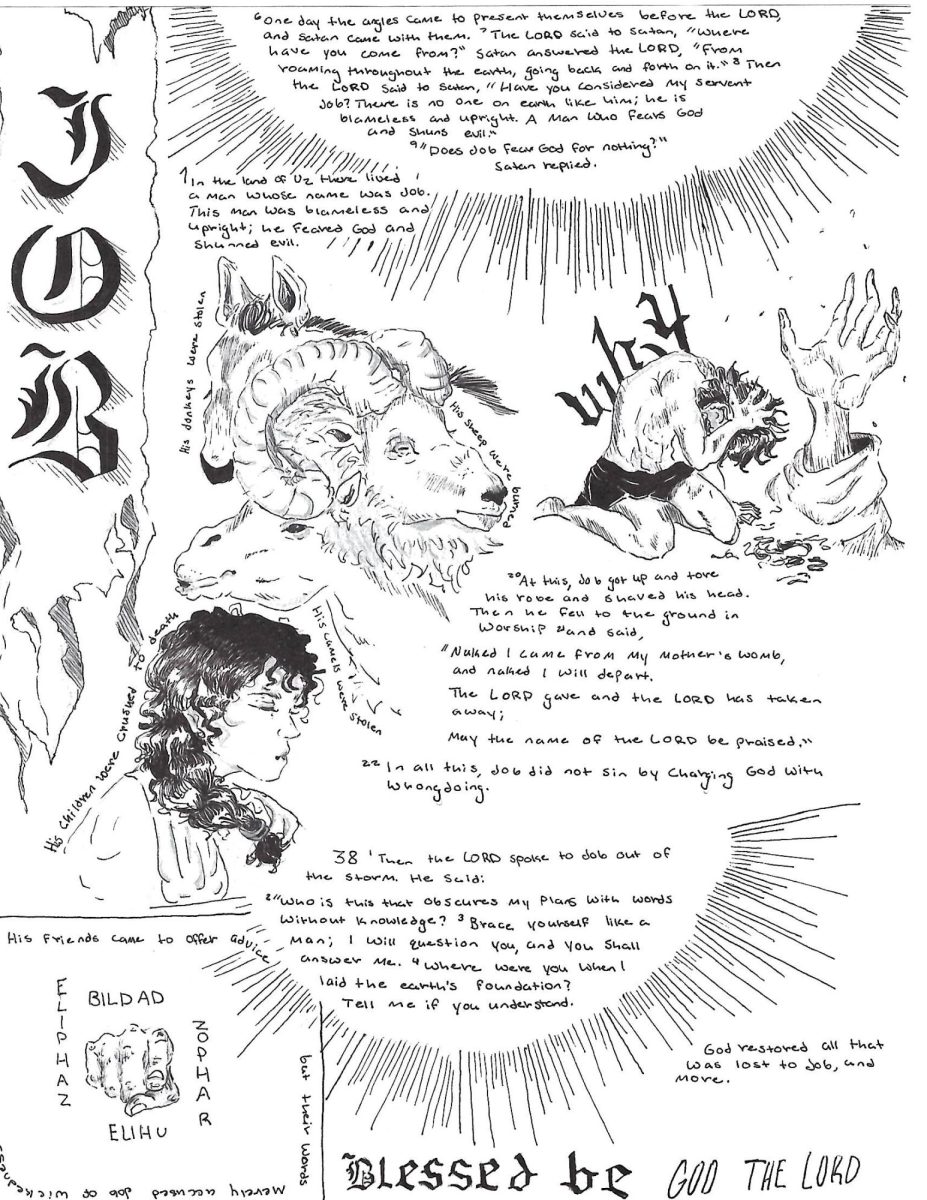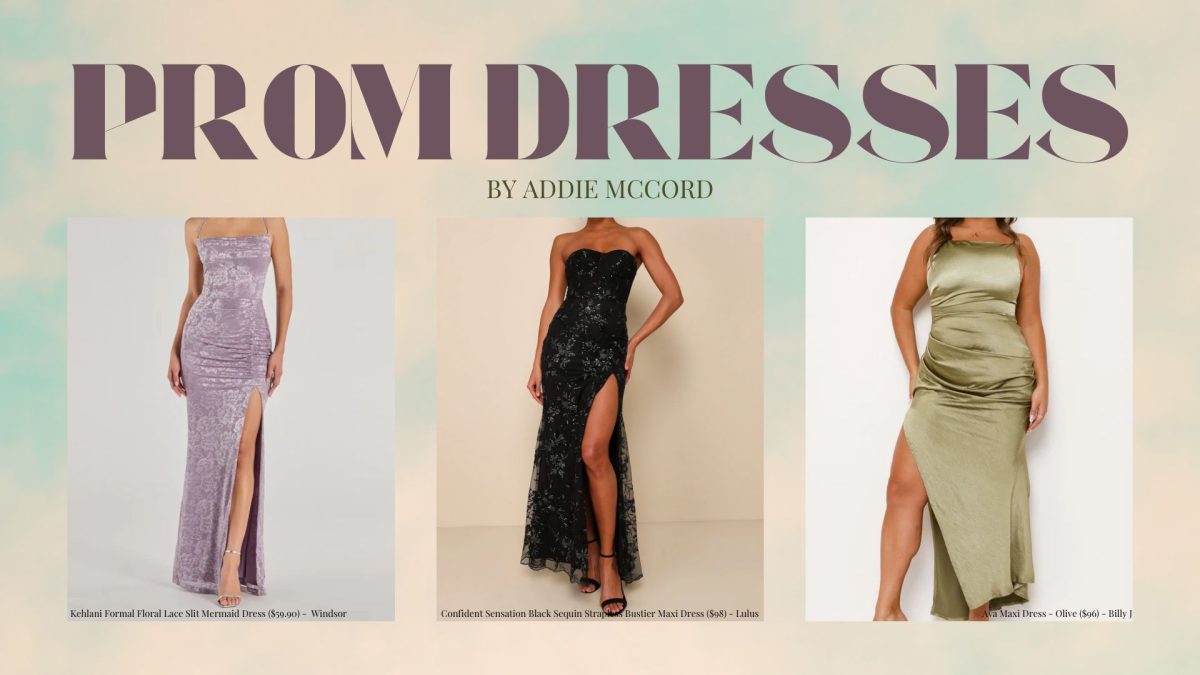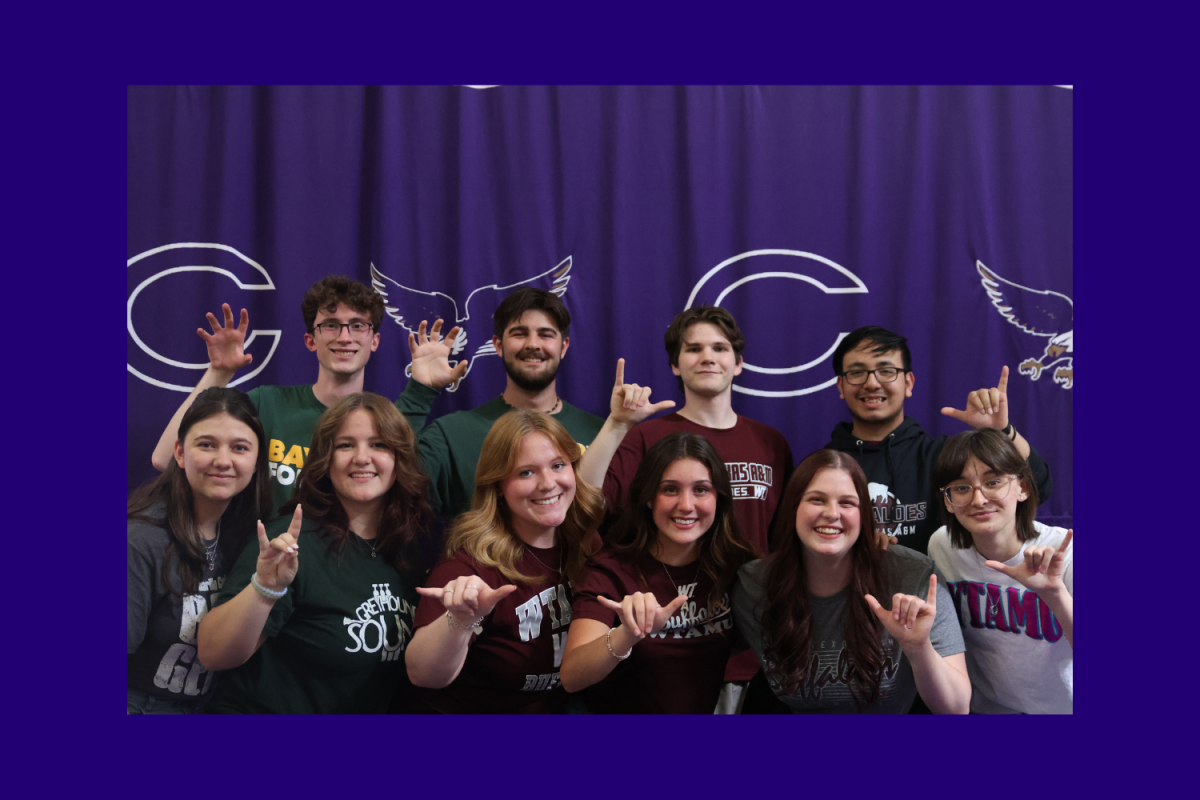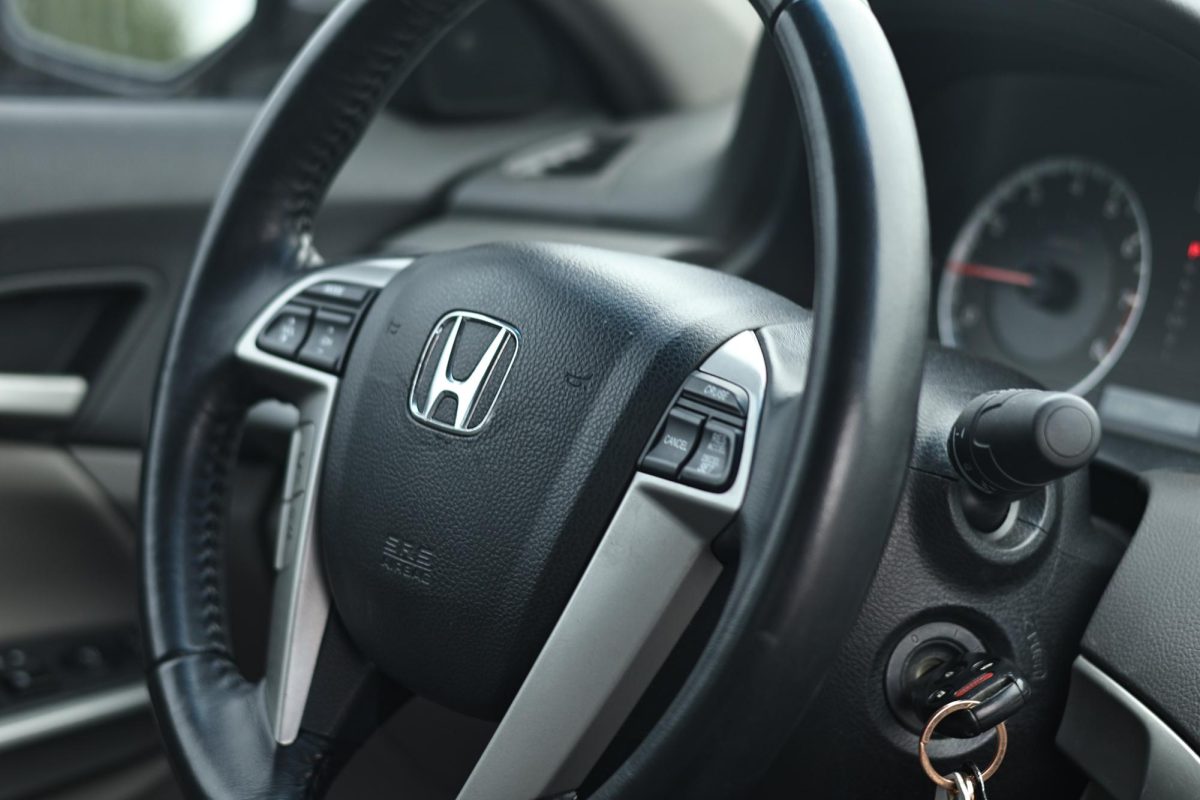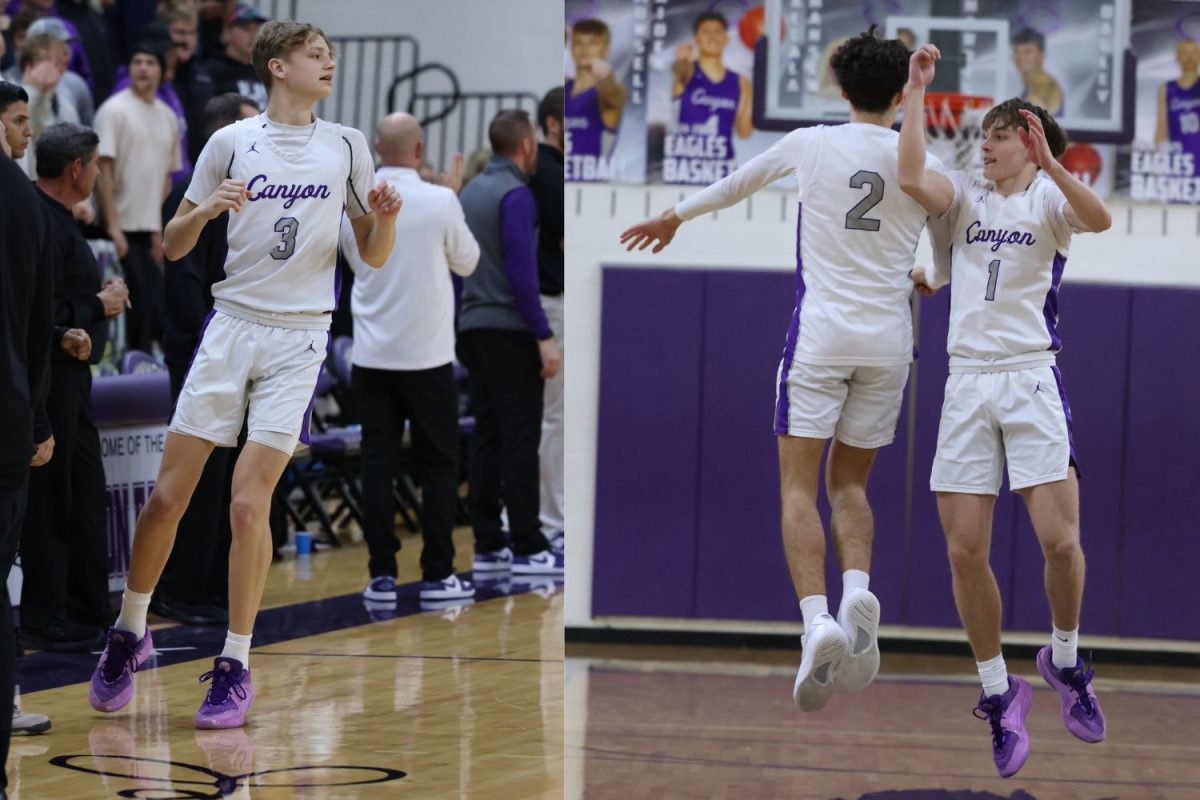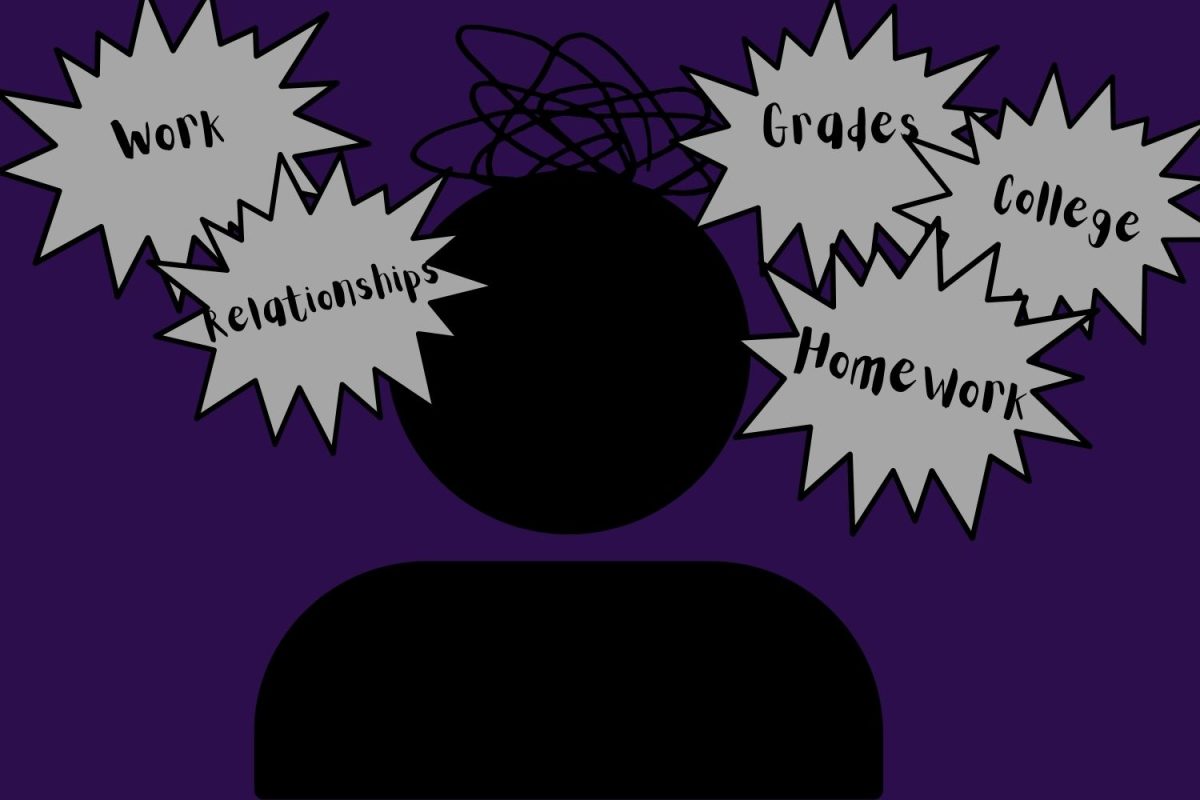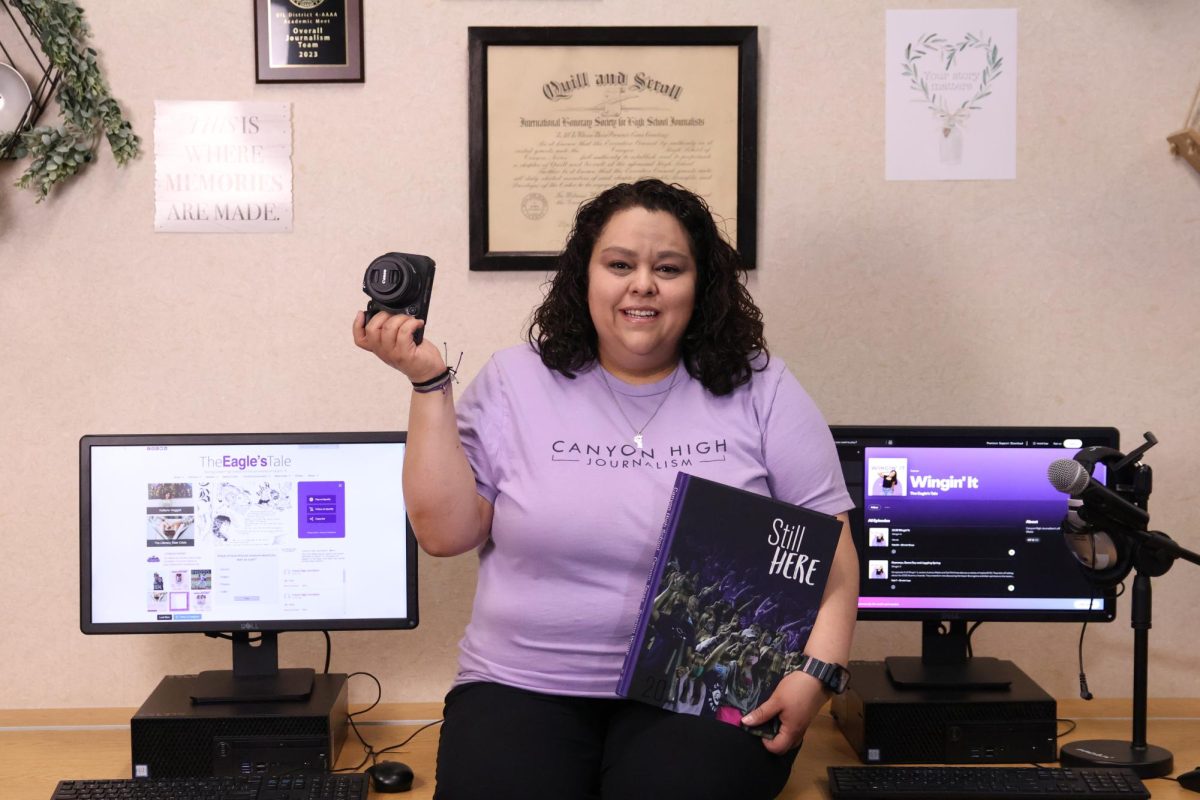Emails are important for staying in touch, whether it’s for school, sports or work. However, most inboxes can feel more like a chaotic pile of documents rather than a helpful resource. Fortunately, by mastering email etiquette and organization, you can turn your inbox from a source of stress into a powerful weapon used to help boost productivity.
How to Write an Effective Email:
Writing an effective email is not as hard as it seems. Effective email communication relies on two main things: Clarity in structure/organization, and respect for the recipient’s time. Before you start to write, take a moment and think about your goal: What do you want that person to know?
- Sharp Subject Line:
Consider the subject line as the headline of your email. You want to aim to make the subject as simple and clear as possible while capturing the attention of the reader. Rather than using a boring and generic phrase like “Hey,” choose a more specific approach that is clear and concise, such as “Question about (Topic)” or “Wednesday test.” By using relevant words it can assist the reader in understanding what you are addressing.
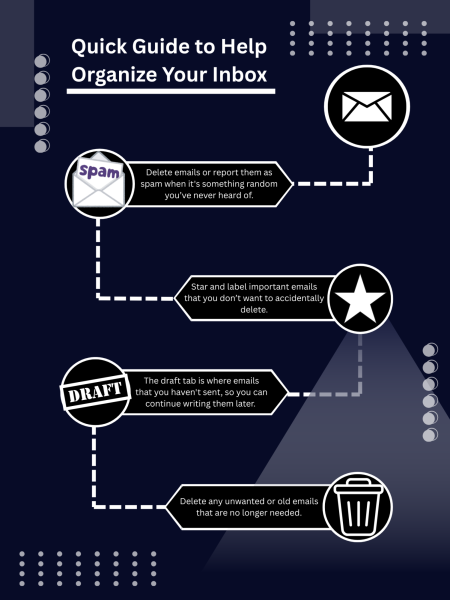
- Open-Minded Opener:
Emails are like a conversation, you want to be respectful and direct to set the right tone. A simple opener like “Dear (Person),” followed up by a compliment or something nice about them if appropriate. For the reader to understand, you must get straight to the point in the first paragraph and clearly state the purpose of the email.
- Tone and Text:
While you can not show emotion or expression in an email, word choice still matters. Make sure to be mindful and polite, this will show professionalism in your email. Avoid using casual language such as slang, abbreviations, etc. When you open an email with “Wsp dude,” that makes the tone unprofessional, so you may use something like “Mr. (Last Name), I have a question in regards to the test from this week.” Your opener shapes the email, and if you use poor etiquette, then it will make your email sloppy and unprofessional. If you have any complex information, then break it down into smaller parts so it is easier to read.
- The Craft of Conciseness:
Consider the recipient’s time by making your email short and sweet. Steer clear of complex statements or long-winded explanations. If more in-depth discussion is required, think about arranging a call or meeting instead.
- Flawlessly Edited, and a Final Touch:
Before sending, proofread your email for typos and awkward phrasing. A polished message shows professionalism. When you are ready to send, make sure that you end it with a farewell like “Thank you” or “Sincerely” with your name and contact information below it.
Effective email communication is the key to your inbox, and once you’ve mastered the art of the email, you can master anything.

